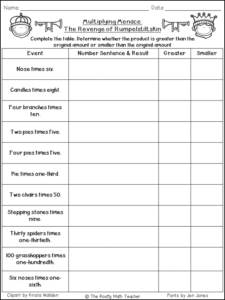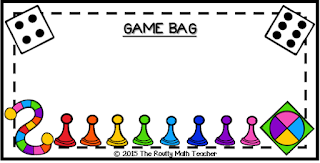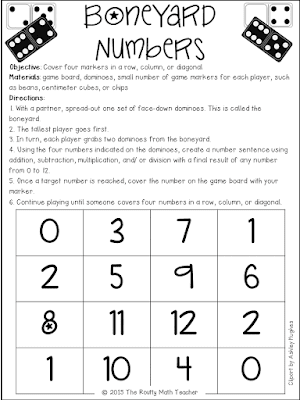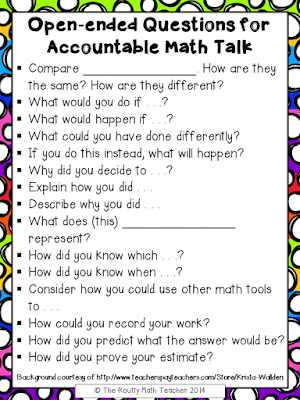Looking for an engaging strategy to use when reviewing multiple-choice math problems?
“Rock and Roll Math Problems” provides engagement while students are completing multiple-choice math problems. This assessment tool encourages student groups to explore various parts of the problem-solving process.
Here’s how it works:
1. Pair students and assign them to be Partner A or Partner B.
2. Provide each pair with a number cube (die).
3. Provide each pair with a concept-based word problem or multiple-choice item.
4. Partner A rolls the number cube and then uses the Rock and Roll activity page to determine which task to complete.
5. Partner B completes the activity indicated on the number cube using the word problem or multiple-choice item.
6. If Partner A does not understand Partner B’s response, Partner A should ask clarifying questions until the response is understood.
7. Pairs should continue alternating rolls until all of the tasks have been completed or for the allotted amount of time.
8. As a class, have pairs discuss their responses to each of the tasks. Be sure to highlight any responses which reveal essential understandings or new strategies.
9. Begin the process again with a new problem if available. (Note: Sometimes, one well-developed question is more effective than several basic ones. Be sure to choose a task that will give you the most bang for your buck.)
































